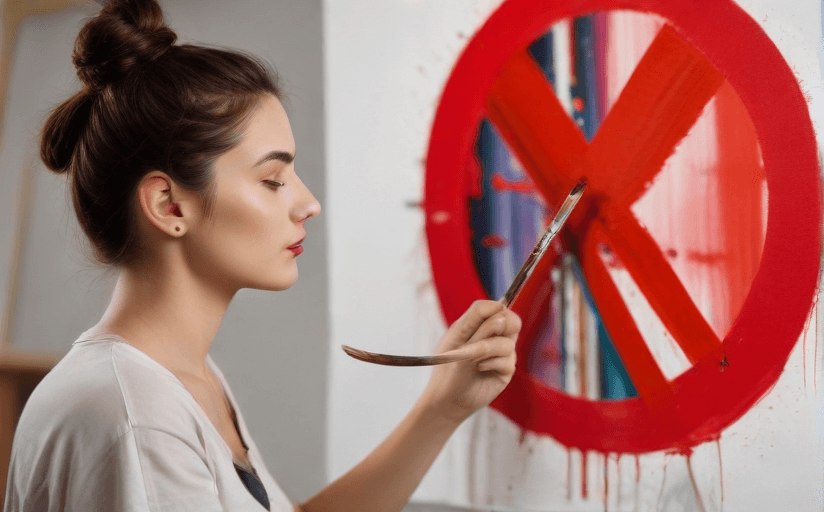Censorship in Contemporary Art: Freedom of Expression and the Conflict with Cultural Sensitivity
In today’s world where art continues to mirror life in diverse and profound ways, there lies a growing dichotomy between censored and uncensored art. This piece delves into the nuanced dynamics of censorship within the realm of contemporary art, particularly discussing its impacts on artists' freedom of expression and the paradoxical inspiration that can stem from these restrictions. It encapsulates real-life case studies, broaching the ethical and theoretical debates centered around censorship.
Artistic Freedom vs Censorship
Censorship, whether subtle or overt, has carried enduring implications for artists. In some cases, this suppression of ideas nudges artists toward encapsulating profound individual and societal dialogues within their works. Yet, in others, the fear of repercussion often quashes creative freedom and induces self-censorship.
Case Studies of Censored Artists
There are countless examples of artists who have faced censorship. For instance, Chinese artist Ai Weiwei came under government scrutiny for his controversial works and outspoken remarks, leading to limitations on his freedom to travel and even his arrest. Despite such oppressive constraints, Ai Weiwei’s story represents resilience, with the artist continuing to create and inspire globally.
Another artist, Robert Mapplethorpe, faced considerable backlash for his explicit representation of homosexuality during the 1980s. His art sparked one of America's most significant culture wars, igniting conversations about censorship, public funding for the arts, and the boundaries of decency in artistic expression.
The Ethical Debate
The ethics of censorship in art is a contest between two opposing perspectives. One viewpoint supports artistic freedom, arguing that artists should be able to express their ideas without limits, embracing art as a platform for individualism, and challenging societal norms.
On the other hand, some argue that artistic freedom must be tethered to societal and cultural sensitivity. They contend that unrestricted expression could potentially perpetuate harmful stereotypes, reinforce social divisions, or violate cultural norms and taboos. These perspectives illuminate the ongoing struggle to identify an equilibrium between artistic expression and cultural respect.
Finding the Balance
This balancing act between artistic freedom and cultural sensitivity is a precarious and complex one. Cultural respect should not stifle creativity, and conversely, creativity must not disregard cultural sensitivities. Thus, the challenge is to find a balance where both can coexist.
While considerable strides have been made towards promoting freedom of expression, the shadow of censorship continues to lurk. As artists continue pushing boundaries with their works, this nuanced conversation on censorship is crucial for advancing a genuinely inclusive, understanding, and open-minded society.
















Comments
Leave a Comment